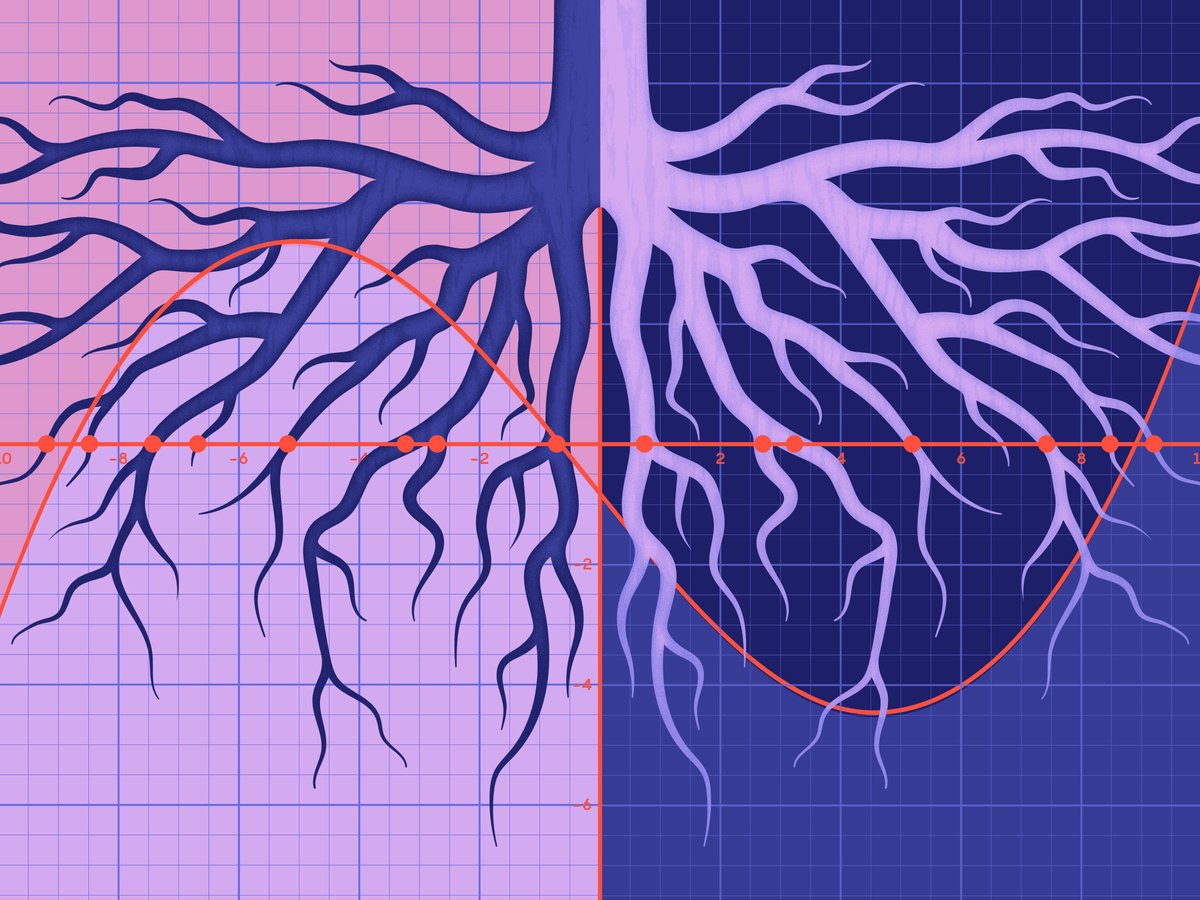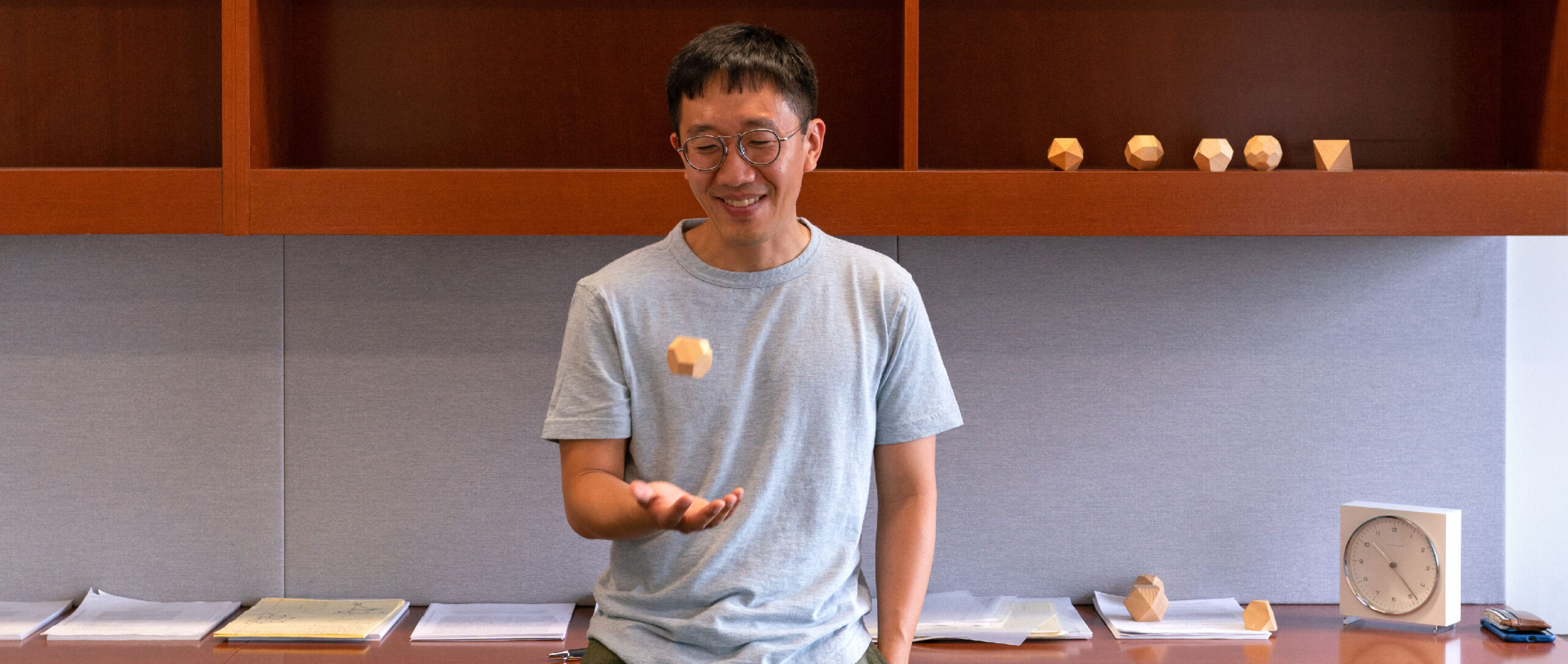

New Proof Illuminates the Hidden Structure of Common Equations
Posted on Monday, 28 July, 2025
• By Jane Smith
Van der Waerden’s conjecture mystified mathematicians for 85 years. Its solution shows how polynomial roots relate to one another.

In a recent paper, Manjul Bhargava of Princeton University has settled an 85-year-old conjecture about one of math’s most ancient obsessions: the solutions to polynomial equations such as x2 – 3x + 2 = 0. “It’s a great problem, famous old question,” said Andrew Granville, a professor at the University of Montreal. “[Bhargava] had an interesting, somewhat different approach, which was very creative.”
This situation is by far the most common scenario. It’s rare to have rational equations with roots that are not interchangeable, as in our first example, where if you start using 2 in your mathematical system in place of 1, nonsense will ensue. “If you switch 1 and 2, then all of arithmetic just kind of dies,” said Frank Thorne, a collaborator of Bhargava’s and a professor at the University of South Carolina.


advertisement
For example, mathematicians could consider what happens when they start with a larger collection of numbers than the rationals. They could also investigate the details underlying van der Waerden’s conjecture: If you can’t interchange the roots in the way you want, how can you interchange them? Are particular patterns especially likely to pop up?
Even if Bhargava’s techniques don’t lead straight to the next number theory breakthrough, Thorne believes the paper will have a more intangible impact. “To read this paper, I think, is to realize that these results are out there to be proved,” he said. “[Bhargava] dared to believe it was possible, and he showed the world that he was right.”
Comments
info: your comment will be sent to the site admin for moderation
Smarter, faster on what matters.
- About us
- Advertise with us
- Careers
- Contact us
- Newsletters
- Poscast advertising
- Cookie Settings
neusler
© 2023 NEUSLER, a neumeral technologies company. All rights reserved.
KOCHI, INDIA
Follow us


